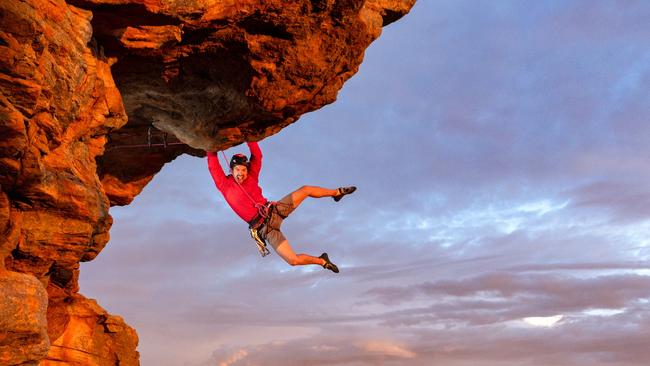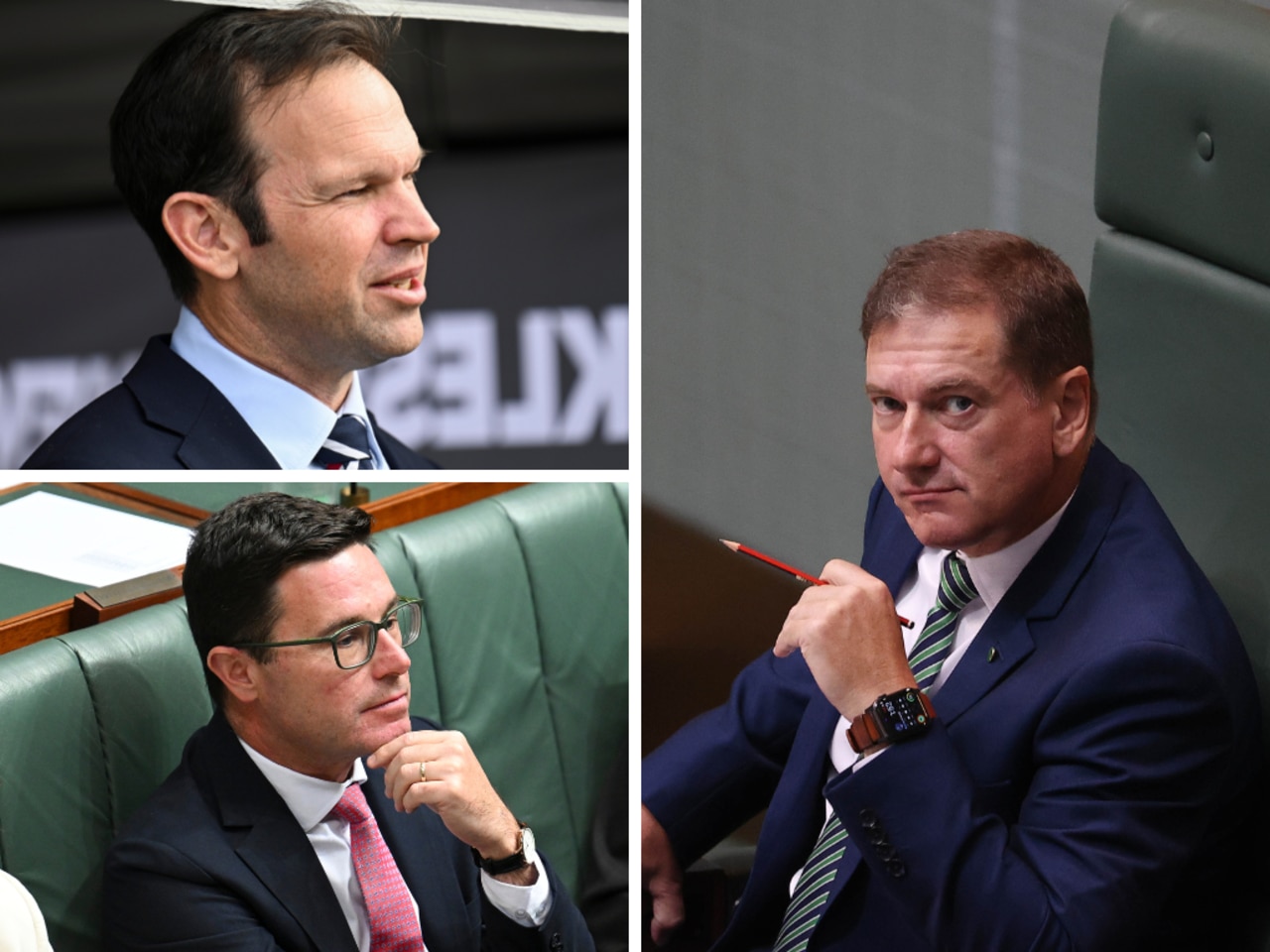Parks Victoria’s rock climbing outcry hinges on secret surveys and way heritage was overseen
Anger is growing over bans on swathes of Victoria’s popular climbing areas, as cultural laws governing rock art and artefacts are a closely held secret and their veracity can’t be tested.

Pressure is intensifying on the highest levels of Parks Victoria over the mismanagement of swingeing cuts to rock climbing in the pursuit’s heartland locations of Mount Arapiles and the Grampians.
Senior members of the Allan government are losing patience with the controversy as the administration faces a revolt from climbers and a wider debate about the management of land access in Victoria.
Senior sources familiar with private discussions have questioned the manner in which Parks Victoria has failed to consult fully with user groups affected by access bans across the state.
Senior Parks Victoria officials this week acknowledged in a webinar with hundreds of concerned Victorians that rock climbers were not fully consulted over looming cultural heritage bans.
Environment Minister Steve Dimopoulos also faced a barrage of criticism over the bans, which critics argue are being made with limited scrutiny and accountability. It is understood nervous Labor backbenchers are urging a resolution to the public spat after the government axed at least half of the climbing at Arapiles, in northwestern Victoria, without proper consultation.
Parks Victoria executive director (conservation and planning) Dan McLaughlin this week told climbers and residents of the beleaguered Wimmera town of Natimuk that the government was restricted in what it could say.
This is because of cultural heritage laws where the presence of rock art, artefacts and scar trees is a closely held secret which means the veracity of the claims cannot be tested by critics.
“Some of that information is sensitive,’’ he said. “It’s not our information, Parks Victoria’s.
‘It’s the information about the cultural heritage. There is a database that collates that information. It has protections. (It’s) not our database.
“(It’s) a database that sits in a different part of government, with First People State Relations.’’
The secrecy of Victoria’s heritage laws and the lack of accountability over cultural bans is looming as a major political issue.
Nationals deputy leader Emma Kealy said rock climbers had been pleading for transparency in a process that has led to at least half of climbing at Arapiles axed and huge bans across the nearby Grampians National Park.
“Labor has not provided that transparency, which has been incredibly divisive in the community,’’ she said.
Australian Climbing Association Victoria treasurer Mike Tomkins said: “The secrecy is corrosive and it’s causing a lot of division – and that’s the last thing that we want.’’
Climbing Victoria spokesman Mike Rockell said Parks Victoria had failed in its duty to consult fully. “They did not consult with the climbing community,’’ he said.
Cultural heritage is collated on a database called the Aboriginal Cultural Heritage Register and Information System (ACHRIS) and is the online portal of the Victorian Aboriginal Heritage Register.
While there are restrictions on access, a wide group of people are still able to see where heritage has been pinpointed.
Climbers want to be sure that the bans have been placed legitimately but there is virtually no way of knowing because of the secrecy provisions.
In 2020, Parks Victoria announced it had rediscovered quarry sites, artefact scatters and rock art at Arapiles.
It claims there are dozens of motifs in charcoal and red ochre, including a decorated oval reminiscent of designs painted on Aboriginal shields.
Rock climbers, who know the area well because of the nature of their pursuit, do not believe there are many visible examples of rock art in the area.




To join the conversation, please log in. Don't have an account? Register
Join the conversation, you are commenting as Logout